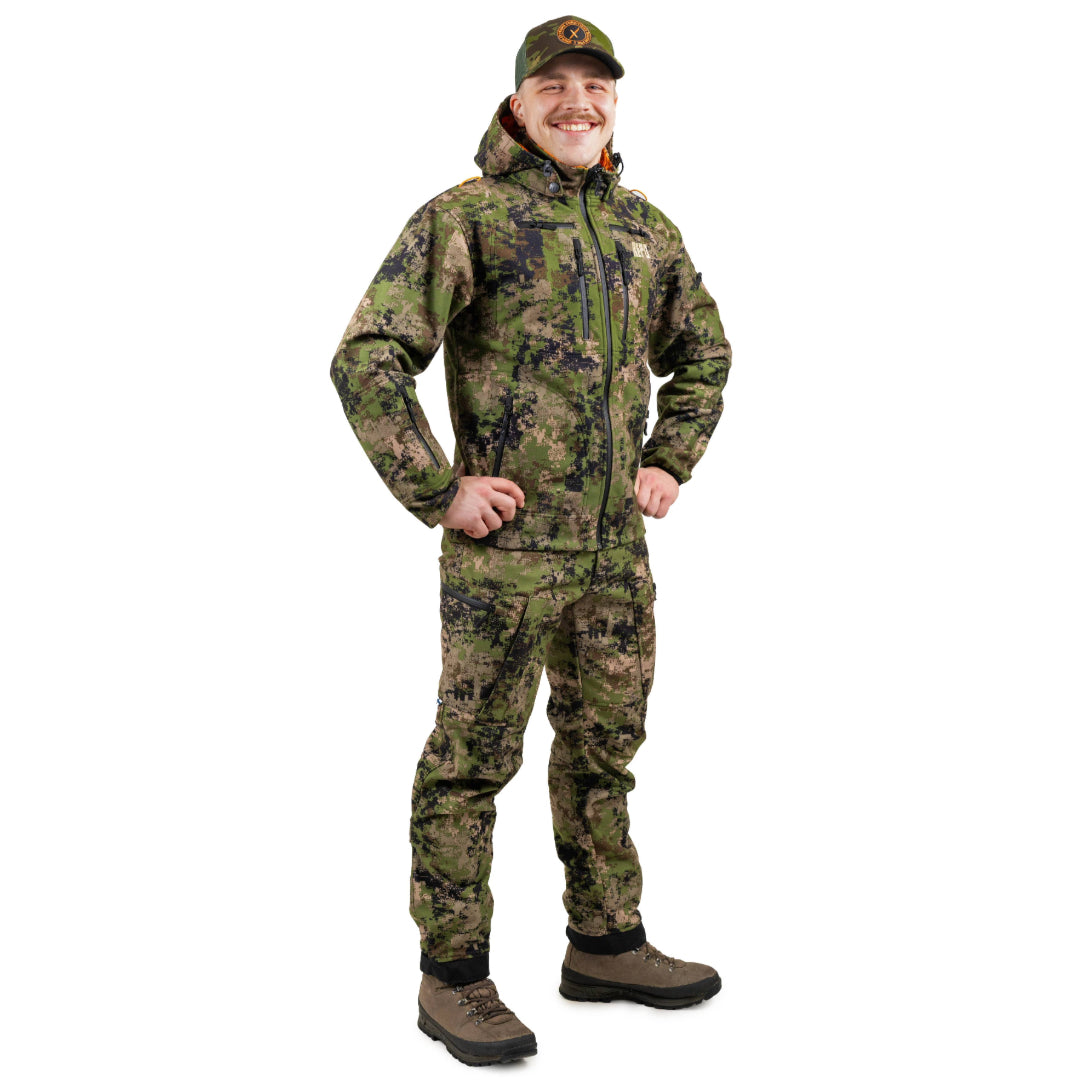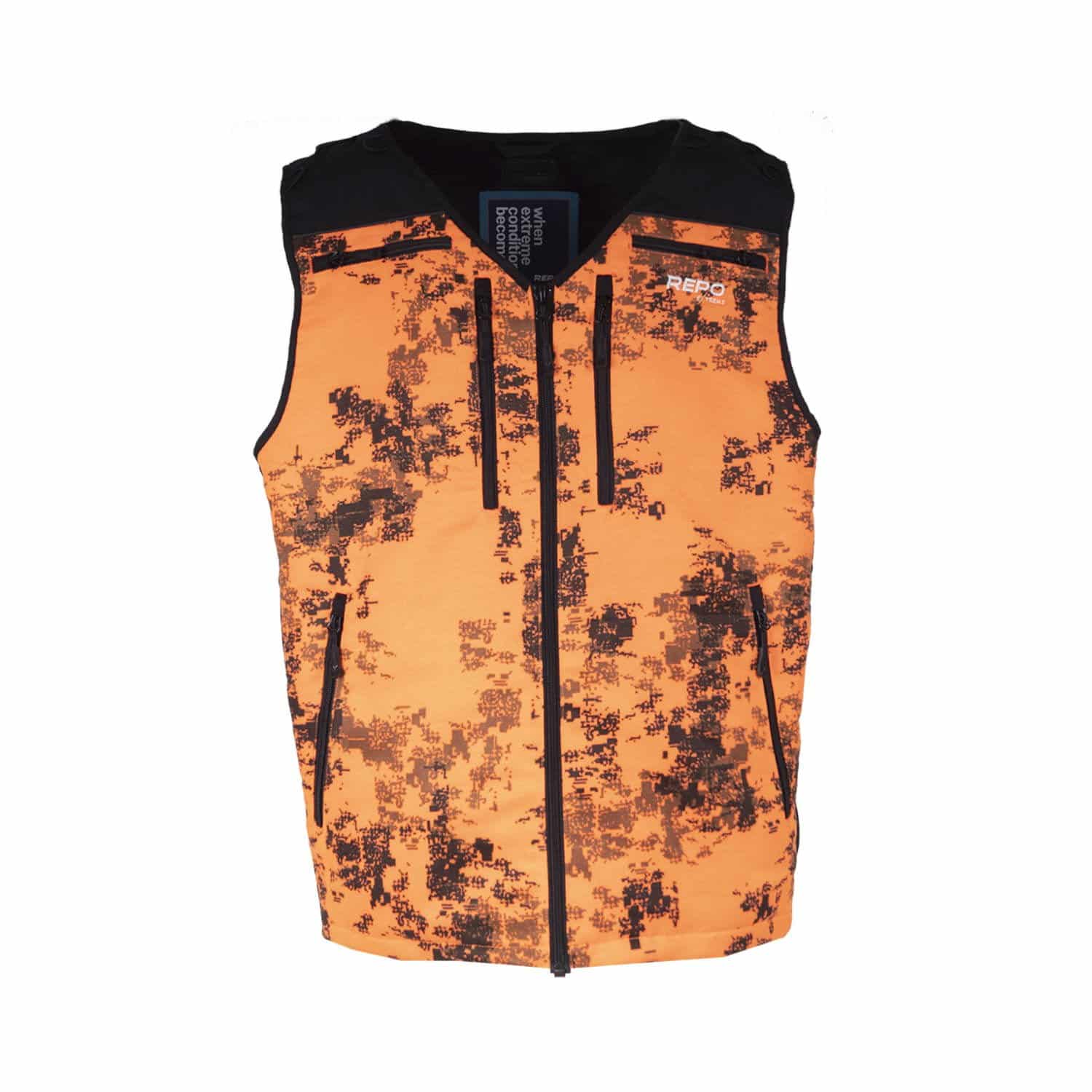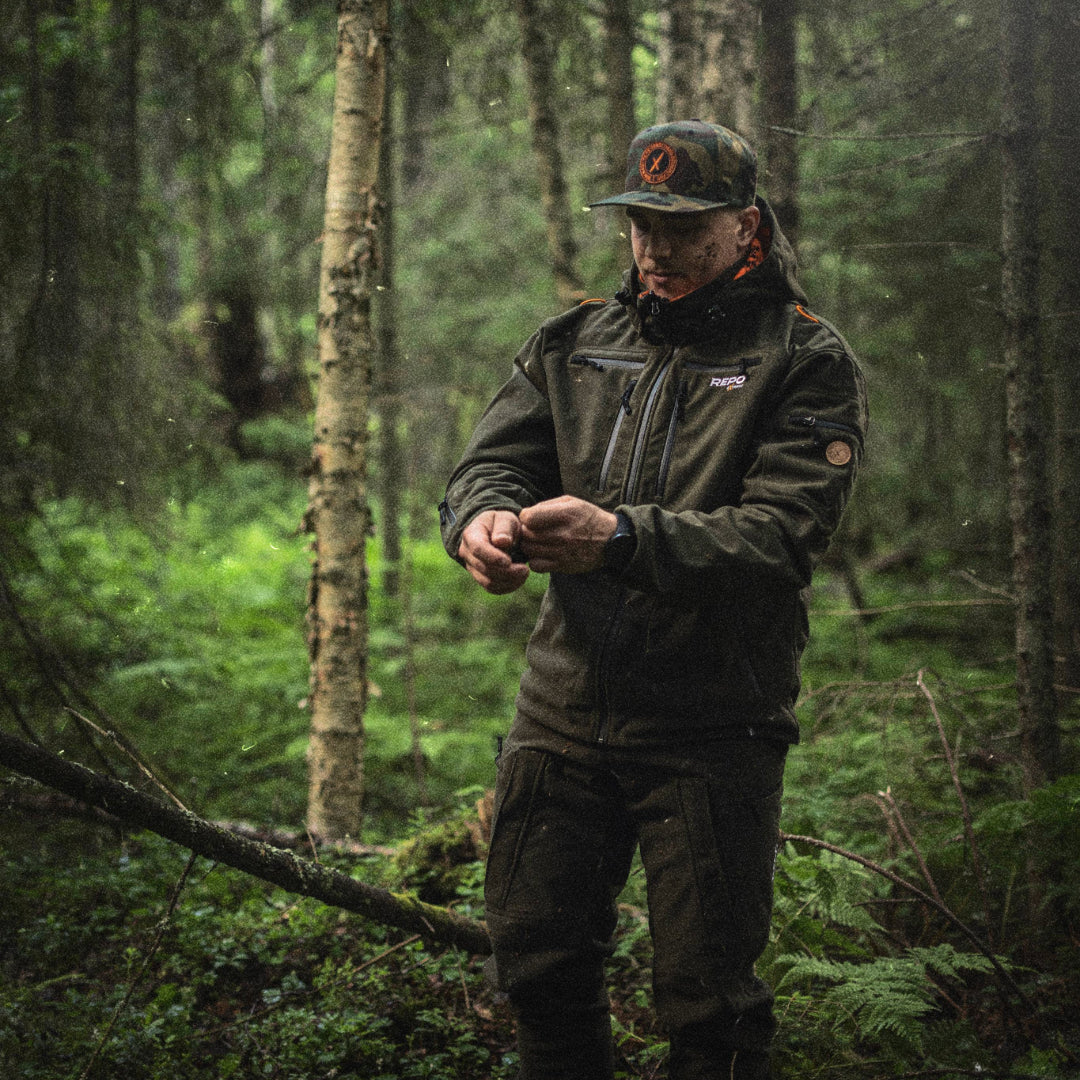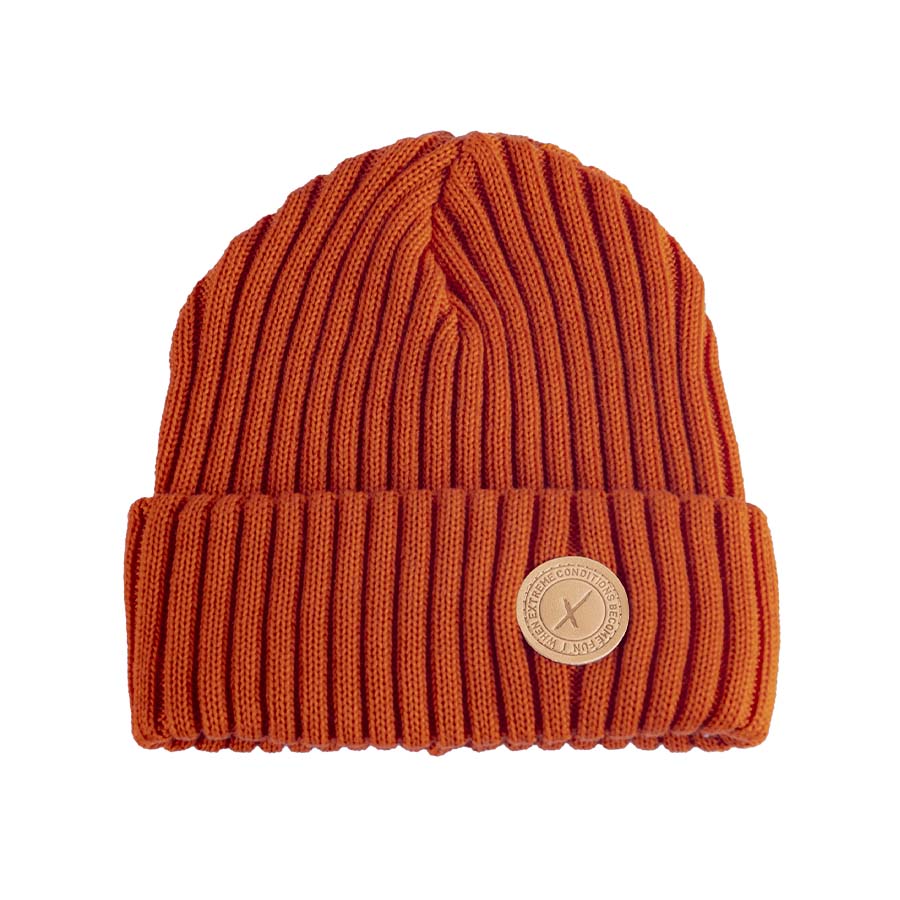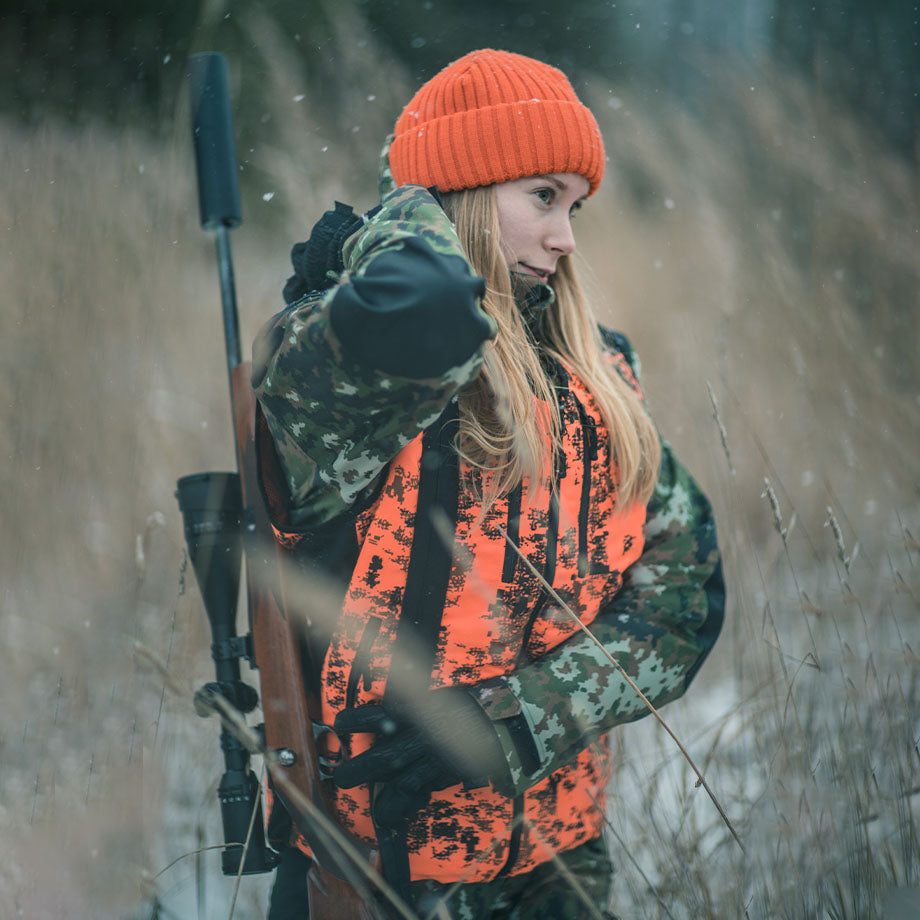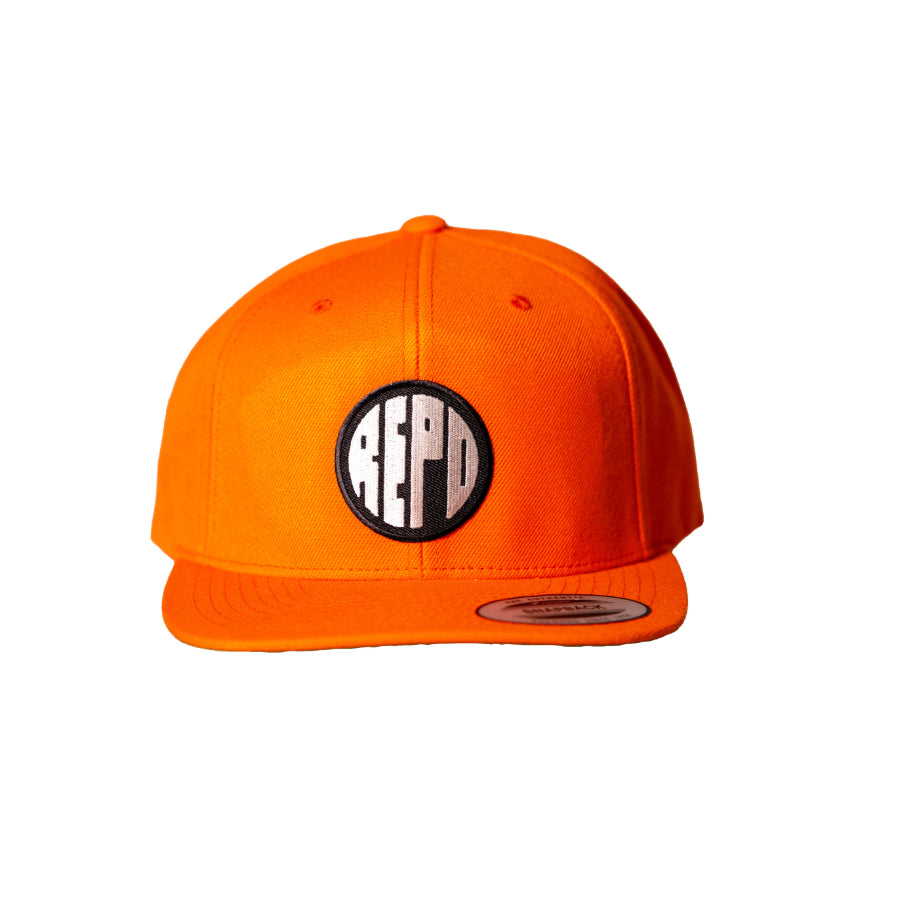Dress in layers according to the conditions
In outdoor activities, layering is usually the key to everything, and this is also the case in hunting. Dressing in layers can also make it easier to change your hunting outfit from the prevailing conditions to others, because especially in Finland, the distance from sunshine to snow is sometimes a bit too short. When you are dressed warmly enough in several layers when you leave, it is easy to reduce the clothing, even in the middle of the yacht, if the heat surprises you.
Orthodox layered dressing usually consists of three layers; the base layer, the middle layer and finally the whole is crowned by the shell layer. The purpose of the base layer is to move moisture away from the skin and of course to feel comfortable on it. The most typical underlayer is, for example, a layer made of merino wool or technical artificial fibers. Under no circumstances should you choose cotton as the material for the base layer, because it absorbs moisture. The middle layer, on the other hand, is meant to be warm, so choose for example wool or fleece as a material - they trap a lot of air in themselves, which in turn insulates well from the cold. There can be several intermediate layers, of which it is easy to throw away the unnecessary ones if it starts to feel too bulky. The shell layer is the one that protects against external factors such as wind and rain, so in this case, for example, a hunting suit with a membrane is the right choice. When you want a completely waterproof product, please remember to make sure that the product also has taped seams. In winter, the crust layer is naturally often warmer, for examplepadded hunting suit.
Choose suitable footwear to complete the ensemble
In addition to clothes, the right shoes are an important part of dressing for a yacht, as the days are often long and the conditions challenging. Especially prefer shoes with a slight shank and waterproof and wear-resistant material. For example, waterproof hunting or hiking boots with shanks are perfect for this purpose - the shank supports the ankle when walking on varying terrain and also keeps water away from the inside of the shoe. Especially when on the pass, traditional rubber boots are also a good choice, but if you move a lot during the yacht, they might not be the most comfortable option. It's also worth remembering that when choosing socks, it's good to prefer technical materials that don't absorb moisture but instead move it away.



